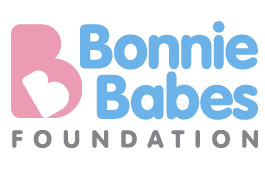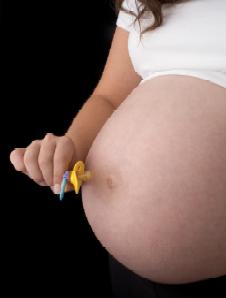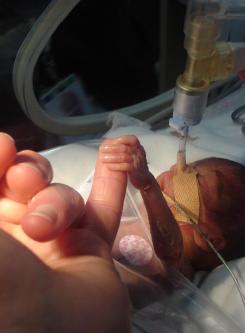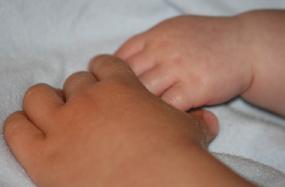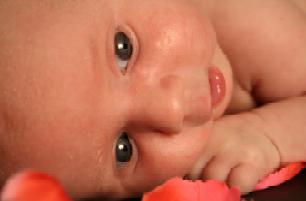Latest CLF Chairmans Report
 Friday, September 4, 2009 at 10:46PM
Friday, September 4, 2009 at 10:46PM Ralph Kerle, Executive Chairman, CLF Report
From our on-going research with business leaders and organisations, it seems Australia at least is beginning to look forward. Whilst comments with CEO's have been guarded, there is a degree of optimism returning to the Australian economy at least..
Revenues are definitely down in most industry sectors and most organisations we have interviewed. Some areas such as executive education are down as much as 50% to 60%, events and catering seem to be down as much as 40%; the general average being somewhere around 20%. High end products such as white goods can no longer rely on just brand to sustain their revenue as prices drop and the market becomes highly competitive. The jury is still out on viable business models in the social networking and digital media worlds. Of all the organisations we have interviewed, most have reviewed their business plans and operational strategies in light of the global financial crisis, made the hard decisions around the medium term viability of their products and services and their people - who to retain and who to let go.
Having done this, our research indicates CEO's and leaders are now in the process of reflecting and exploring how and what way to go forward. Where should they invest their time, resources and cash in what most of them see as un-chartered and stormy markets ahead? How do they build a management innovation capability that will allow them to surface ideas quickly and prototype inexpensively? How do they skill their senior leaders and middle management to think and act creatively in this new world?
The Creative Leadership Forum's national research project ‘Is Australian Management Creative and Innovative?’ completed in 2008 revealed that whilst 81% of Australians believe they are creative and innovative, less than half believe their organisations are creative.
So herein lies the challenge - how do we make organisations, themselves, creative?
With that challenge in mind, we developed what we understand to be a world first, the Creative Leadership Index (CLI) an internal research/survey tool enabling senior management to obtain a holistic snapshot of the organization as a creative ecology.
The CLI does this by asking employees to respond to a series of 30 questions around organisational culture, environment and practices and the creative mindsets its employees bring to those concepts. This results in a Management Innovation Report outlining the strengths, weaknesses and opportunities for the organization to transform itself into a high powered continually innovating operation - a vital strategic capability for any organization in this time of uncertainty generally.
If innovation is a core value for your organization, the CLI enables you to understand how that core value is currently perceived and functioning and what needs to happen to develop its full potential.
The most important learning for us through the design and testing of the CLI has been every single organization is systemically and uniquely creative. Every single organization has its own DNA. Therefore, it is vital to understand and reflect on that DNA because it is after all what makes the organization successful whilst also holding the key to its failure. Looking at external organisational models or theories is of some value simply to understand what exists. However, attempting to copy or impose external models on an already existing DNA is fraught with danger!!
We are delighted to announce the launch of the Creative Leadership Index and would be happy to discuss it with you or your organisation at any time.
To learn more,
Contact: Grant Crossley, Chief Executive, The Creative Leadership Forum
e: gc@thecreativeleadershipforum.com
m: +61 (0) 408 844 009



